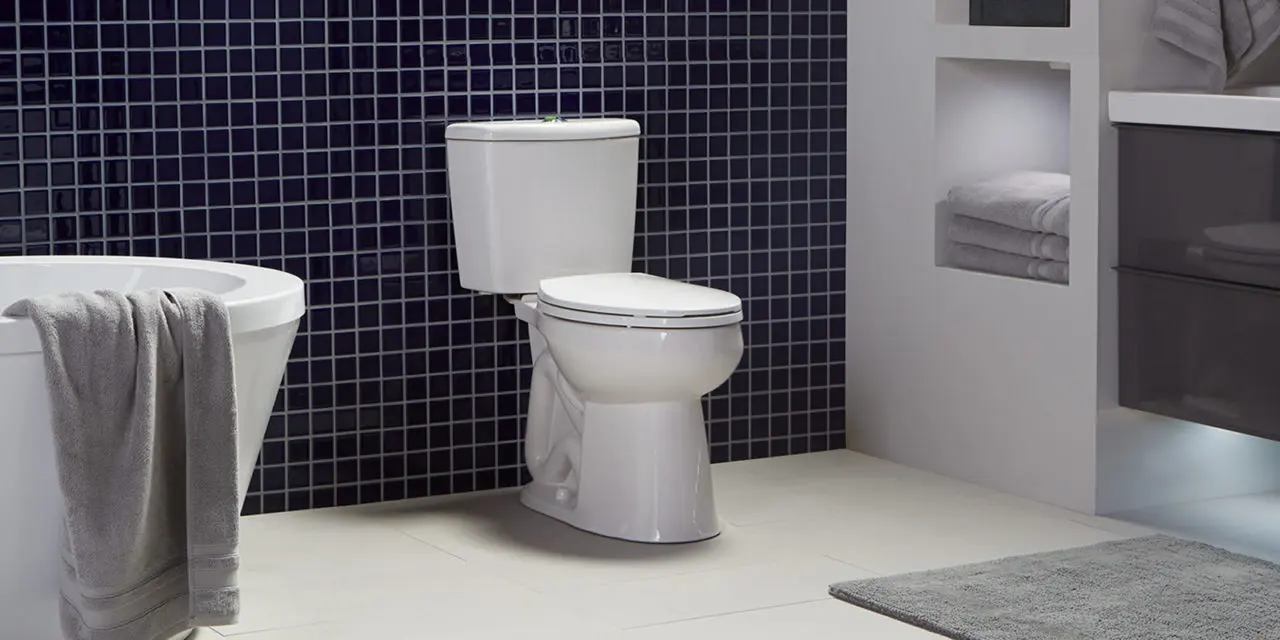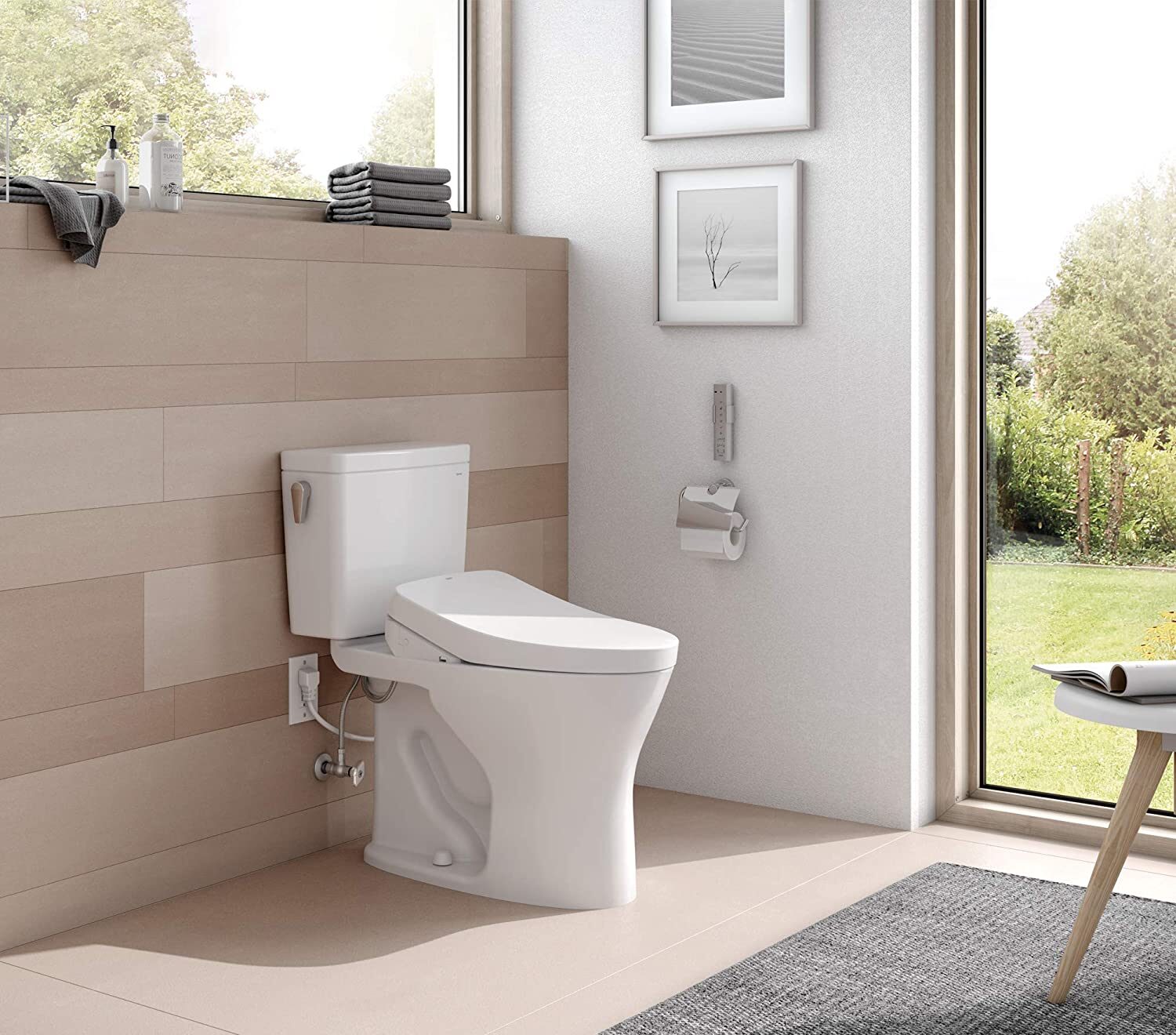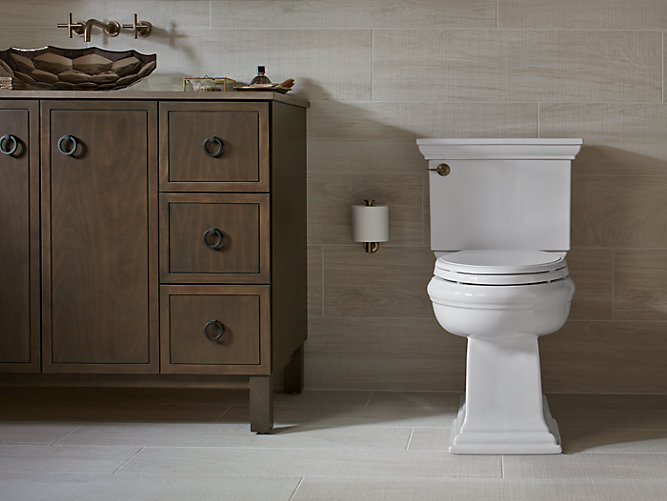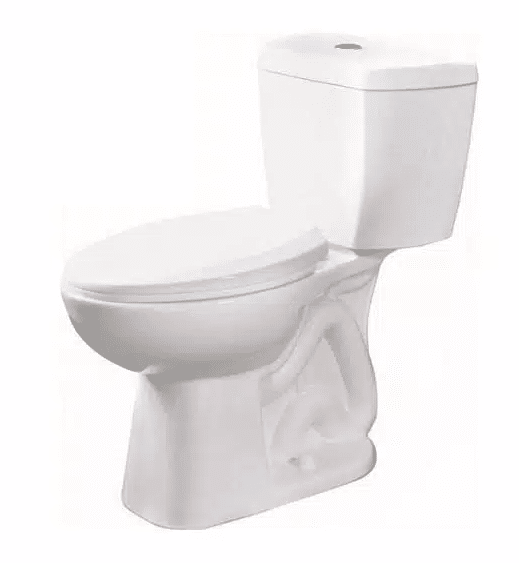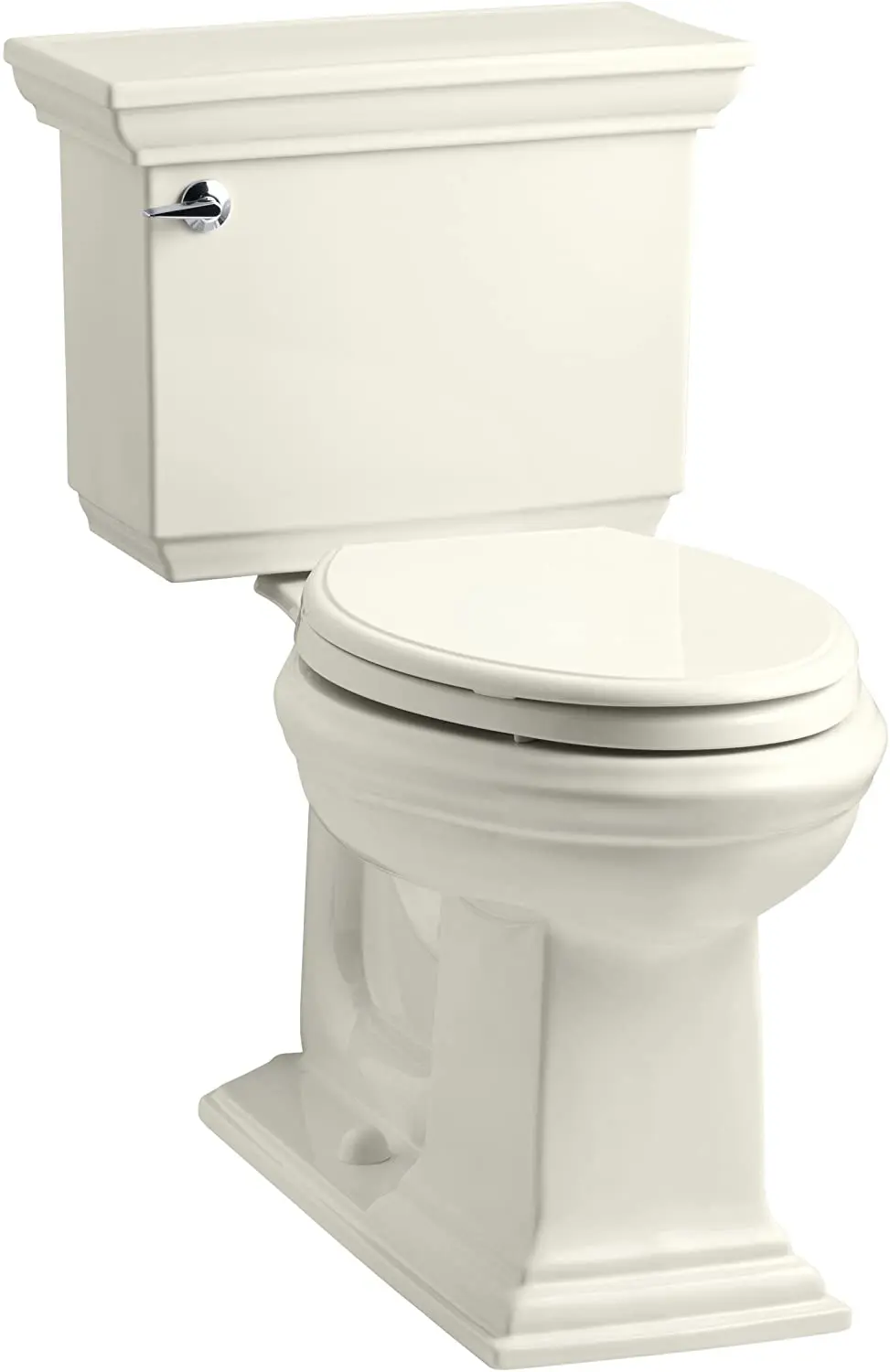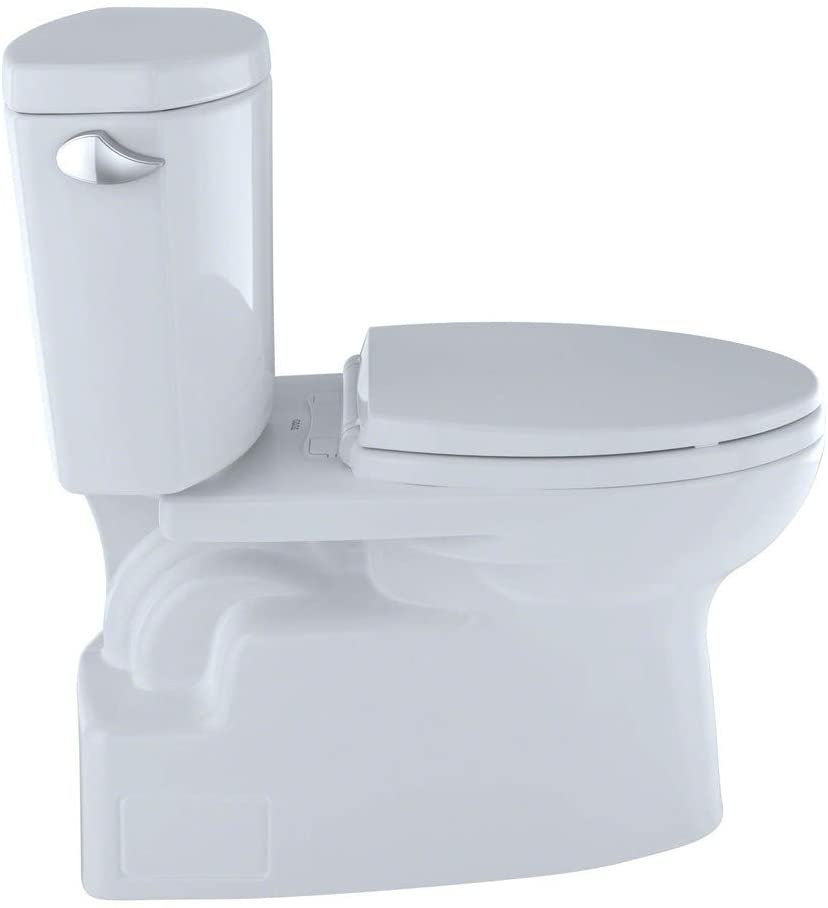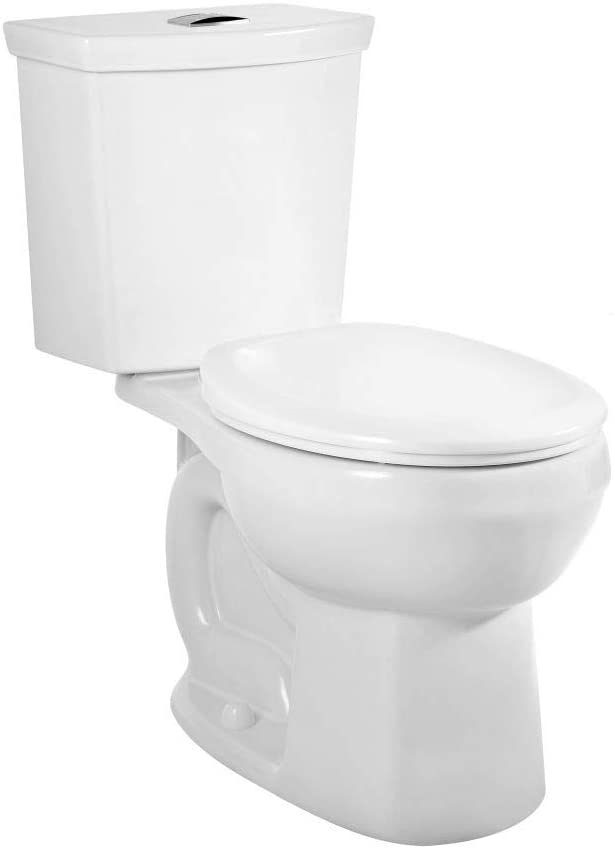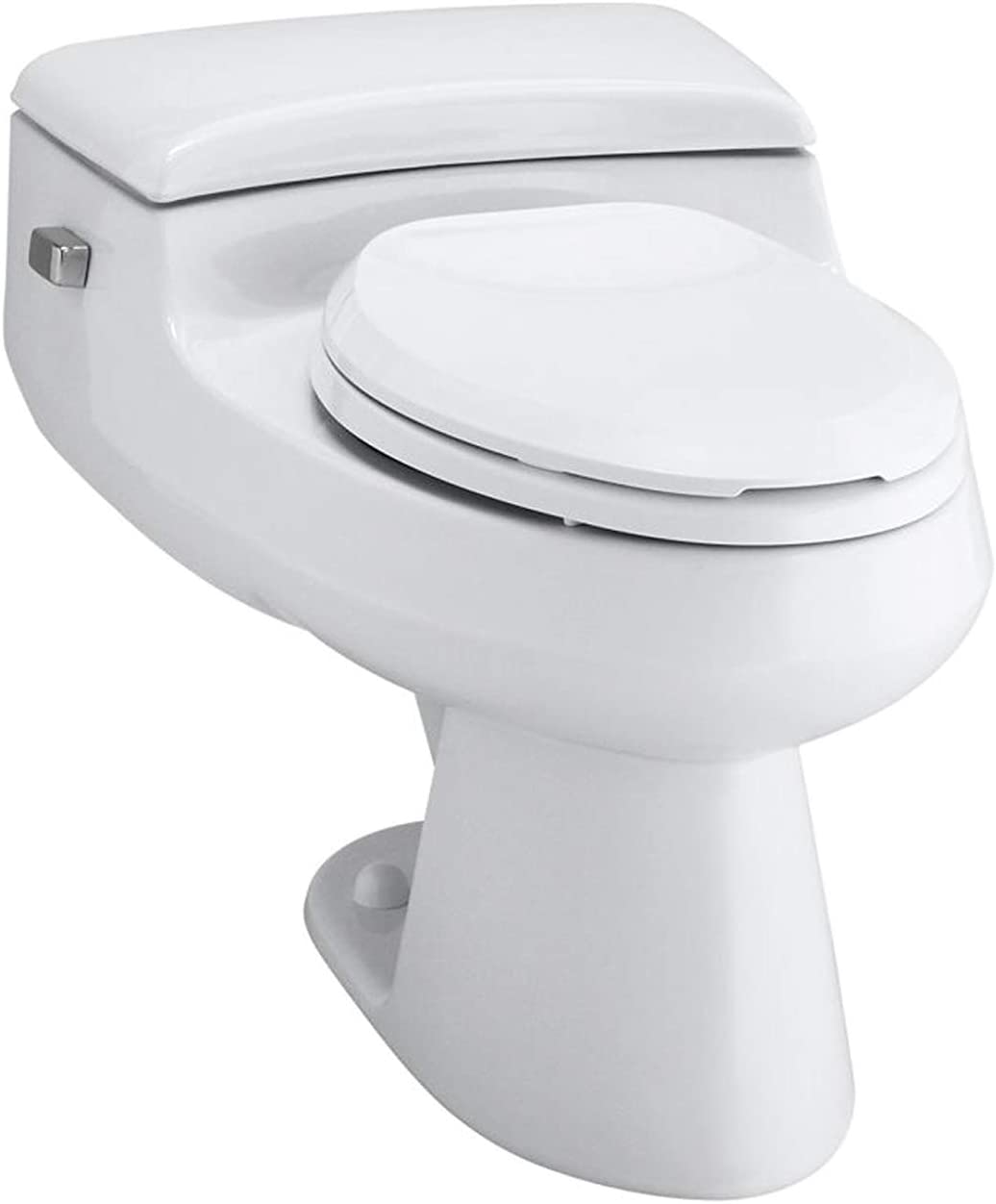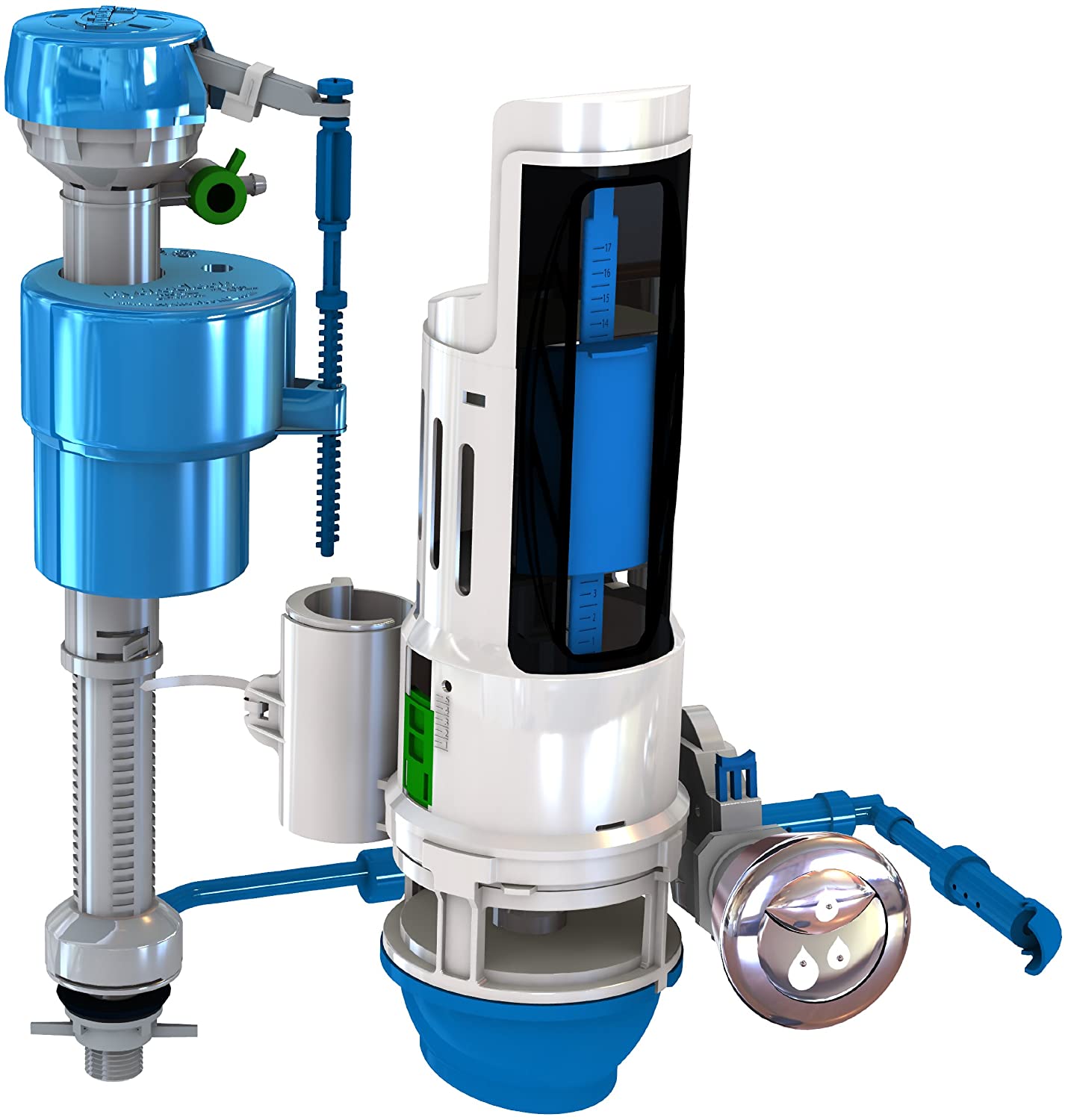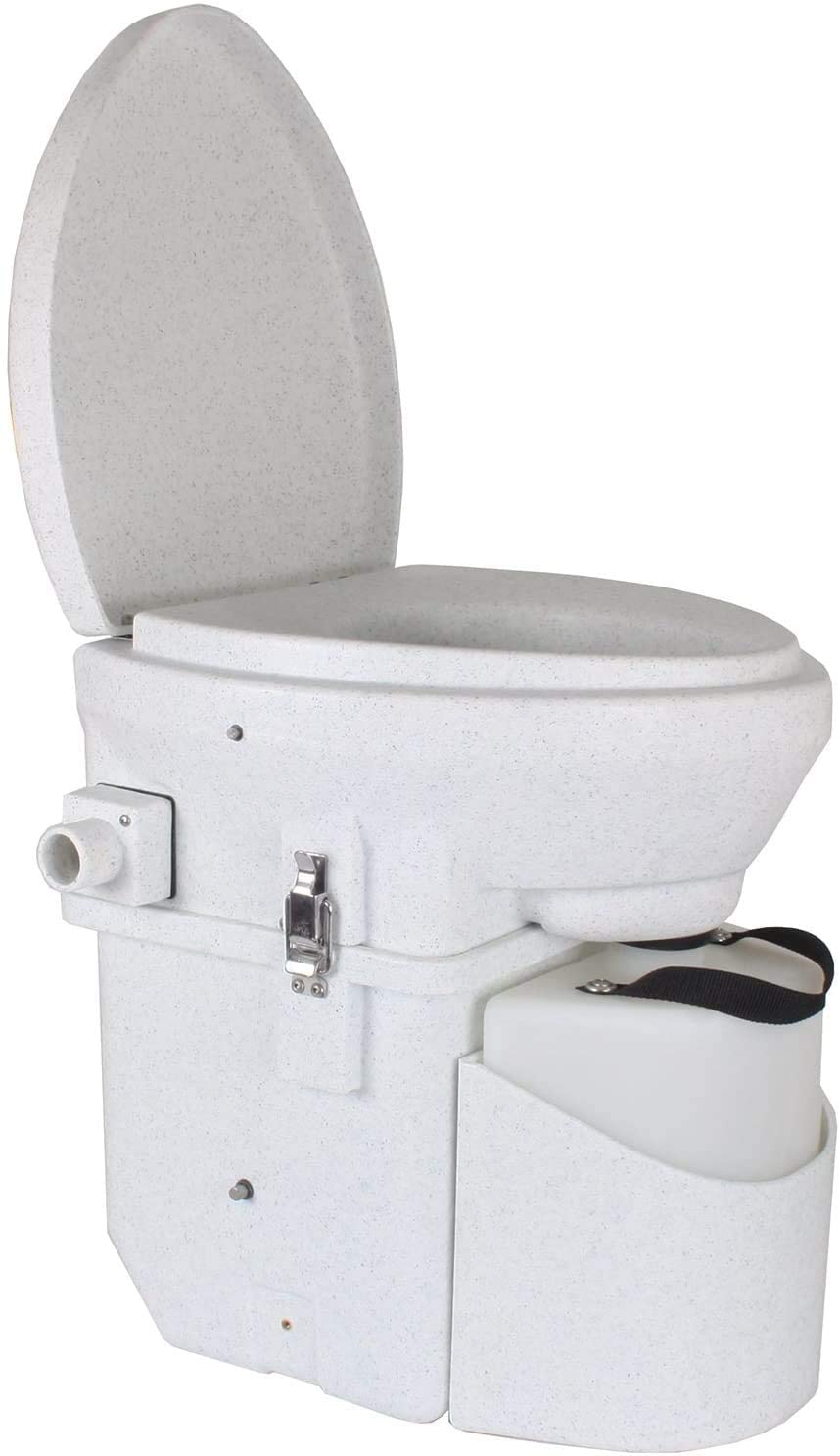Image credit: Niagara Nano®, 0.5/0.8 GPF Dual Flush Elongated Toilet, courtesy Niagara
Some of the links in this article are affiliate links, meaning at no additional cost to you, we will earn a commission if you click through and make a purchase. Thank you for helping us continue to bring you great content.
By Elemental Green Staff
Did you know toilets are by far the main source of water use in the home, accounting for nearly 30 percent of residential indoor water consumption? According to the U.S. Environmental Protection Agency (EPA), “Over the course of your lifetime, you will likely flush the toilet nearly 140,000 times. If you replace older, existing toilets with WaterSense labeled models, you can save nearly 13,000 gallons per year with this simpler, greener choice.” They say that water-efficient toilets use 20 percent less water than standard models, resulting in over $140 saved annually and a savings of $2,900 over the lifetime of the toilet! Plus, many utility companies offer rebates and vouchers for buying a WaterSense certified toilet. What’s more, if every toilet in the U.S. were upgraded to a low-flow model, we’d save hundreds of billions of gallons of water as a nation each year.
So, you now know you can save plenty of water by upgrading your standard toilet to an efficient, single-flush model—but do you know all of the low-flow options available to you? Read on to see some of the top myth busters about low-flow toilets along with everything you need to know about them and the incredible water and cost savings you’d see by making the switch.
Low-Flow Toilets: Common Misconceptions
Myth #1: They’re too expensive.
Like many eco-products, low-flow toilets typically have a higher upfront cost than a less efficient alternative. But this is not always the case; you can find some water-efficient toilets in the same price range as standard models, though you may find that it’s worth it in the long run to invest in a higher-quality model. Upfront costs aside, it’s important to think of your low-flow toilet as a long-term investment. All that water you’ll be saving isn’t just beneficial for the planet—you’ll save a boatload on utility bills, too. One cost comparison estimates that significant water savings means a low-flow toilet can pay for itself in less than 7 years, even though it’s more expensive initially. Read on to learn more about low-flow toilet costs and payback periods.
Myth #2: They don’t work as well.
Less water means a less powerful, less effective flush. Right? Wrong. But it’s no surprise that low-flow toilets have a reputation for ineffectiveness. When the EPA introduced new efficiency standards in the 1990s, manufacturers were forced to comply with little time to perfect their new low-flow products. As manufacturers struggled to develop working toilets with 1.6 gallons per flush rates (as compared to the 3-7 gallons they were used to), customer complaints mounted. Luckily for us, that was two decades ago, and low-flow toilets have come a long way. In fact, there are some brands out there that have advanced to using only 1.28 gallons of water or even less when flushing. And these newer models don’t sacrifice performance for efficiency. They simply make better use of the water that goes into each flush. So if you’re worried that a water-efficient toilet won’t flush as well as your current throne, cast that worry away. Maximum Performance(MaP) ratings provide insight into individual model performance. Research reviews and tests of possible models before taking the plunge to avoid any surprises down the road. For good performance, choose a model with a 350+ grams MaP rating; for excellent performance, look for 500+ grams MaP.
Myth #3: They don’t really save that much water.
Even if the toilets in your home are up to the EPA’s standards (maximum 1.6 gallons per flush), a low-flow toilet will still save you water. And toilets in older homes may not be up to EPA standards, using 3 or even up to 7 gallons per flush. Replacing your old, inefficient toilets with new water-efficient models means you’ll see your home’s indoor water usage decrease by 20 percent to 60 percent—nearly 13,000 gallons of water saved per year. If that’s not convincing enough, get this: If all inefficient toilets in the United States were replaced with new low-flow models, we’d save 360 billion gallons of water annually. Picture Niagara Falls and imagine how much water passes over it during the course of 9 days. That’s how much water we could be saving. The bottom line: Low-flow toilets do save a significant amount of water, and installing one in your home does make a difference.
Myth #4: They aren’t available in updated styles/I won’t find one that I like.
More and more, water-efficient toilet models are built to blend in seamlessly with their standard counterparts. You’re likely to be surprised at the vast amount of options there are for low-flow toilets—over 2,000 toilets currently meet or exceed the EPA’s WaterSense standards! You’ll find plenty of different styles and price-point options in your search for a low-flow toilet, and you’re bound to find the perfect one to suit your eco-friendly bathroom. We’ve rounded up a few of our favorite water-efficient toilets for you and are sharing what we like about them below.
Low-flow single-flush toilets
Gone are the days of multiple-gallon flushes. Now, all toilets on the market use no more than 1.6 gallons per flush (GPF), thanks to EPA standards. But your eco-friendly bathroom deserves even better! Any products with the EPA’s WaterSense label use no more than 1.28 GPF. These models save around 20 percent more water than standard models and, as mentioned above, result in cost savings each year and over the product’s lifetime. As long as you keep your eye out for the WaterSense label, you’ll know that your single-flush toilet is a low-flow and earth-friendly option that will help the environment and save you money on monthly bills.
Niagara Stealth Toilet
Niagara’s innovative designs shine through in this “Ultra-High-Efficiency Flush” model. You won’t believe it—only 0.8 gallons per flush. Enjoy an incredibly quiet flushing toilet that is also adaptable for standard, easy installation. This is a great performing toilet for an affordable price.
Kohler Memoirs Stately Toilet
One glance at this model is enough to prove that green can be gorgeous. Elegant design and incredible performance make for one of the best low-flow toilets money can buy. This model boasts a 1.28 GPF rate, in line with the EPA’s WaterSense standards, using 20 percent less water than standard 1.6 GPF toilets. An elongated bowl and tall seat height provide for maximum comfort and advanced flushing technology means that water flows from all corners of the bowl, providing a powerful and efficient flush that still conserves water.
Toto Vespin II 1G Two-Piece Toilet
Just one of Toto’s sleek low-flow toilets, the Vespin II 1G features a super low 1.0 GPF. It’s also designed with the company’s ultra-powerful “Tornado Flush” system and sports a special SanaGloss ceramic glaze to keep the bowl cleaner for longer. Again, it’s not the cheapest model on the market, but consider it a premium, high-quality toilet.
DUAL-FLUSH TOILETS
You’ve likely seen this type of toilet in a public restroom at some point, but they’re popping up in homes all over the globe, as well. Dual-flush toilets make use of the fact that very different flush volumes are needed for solid and liquid waste. Two-part buttons or levers allow you to control how much water is used for each flush, which results in significant water savings.
Toto Drake Washlet Dual Flush Toilet
The Toto Drake Two-Piece Dual-Flush Toilet is the epitome of what a low-flow toilet should be. Style, affordability, exceptional water efficiency, and a fabulous performance rating combine to make this toilet a great option for any eco-friendly bathroom. Morning Chores praised this model’s performance in their low-flow toilet review. It is available with or without a bidet seat (choose a soft-close seat instead) for a cost conscious option.
American Standard Dual Flush Toilet
You know American Standard. They have continued to evolve and now offer EverClean surface treatment to keep the bowl cleaner for a longer period of time. And, it has a Dual Flush at 1.28 GPF (full) and .92 GPF (half). To help with performance, they fully glaze the trapway to prevent clogs.
Pressure-assist toilets
Pressure-assist toilets make use of pressurized air to help boost flush power, so they often require far less water per flush than non-pressure-assist models. A smaller water demand means a smaller tank, so they’re ideal for small spaces, too. The cons: pressure-assist toilets can be pricey, and the extra machinery means a bigger risk of parts breaking or needing replacement. You will also find that they tend to come with a noisier flush.
KOHLER K-3597-0 San Raphael Comfort Height Pressure Lite 1.0 GPF Elongated Toilet
The low-profile design of the San Raphael toilet is comfortable with contemporary style. The monolithic, integrated tank and bowl construction is easy-to-clean, while the Flushmate air-pressure assist delivers a commercial-grade flush for only 1.0 gpf. Many adults prefer the 17 inch, chair-height seat and the ergonomic, elongated bowl. Highly rated!
Dual-flush Kit
If replacing your toilet isn’t ideal, you can simply install a dual-flush system in your current model to start saving water instantly. A major benefit of installing a kit is affordability—$35 for a kit beats $300 for a new dual-flush toilet. And if your toilet doesn’t really need to be replaced, you’ll keep 100 pounds of ceramic out of a landfill.
Next by Danco HYR460 Water-Saving Toilet Total Repair Kit with Dual Flush Valve
Any toilet can be converted into a water-efficient, dual-flush model with this DIY dual-flush kit. High performance, affordability, and a no-tools-needed installation make this kit one of the best options for a dual-flush converter kit on the market. Some reviewers warn that this kit wasn’t as simple to install as they’d hoped, urging new purchasers to follow instructions closely and call in to customer support if they should run into any struggles.
Composting toilets
For off-the-grid living or a dramatic utility bill reduction, forget low-flow—how about no-flow? A composting toilet provides an excellent option for any eco-friendly bathroom, no plumbing required. Contrary to popular belief, composting toilets are not smelly and require very little maintenance. And a rising popularity in composting toilets (think Tiny House movement) means that composting models are becoming more and more stylish and more aesthetically similar to “normal” toilets.
Nature’s Head Composting Toilet
Nature’s Head composting toilet looks so similar to other models, you may very well forget that it doesn’t flush! A self-contained tank makes for easy waste removal, and users report that the compost looks (and smells) exactly like regular dirt when all is said and done. For tiny homes, off-the-grid living, or even campers and RVs, this composting toilet can be the perfect eco-friendly solution. Composting toilets are often much more expensive than flushing toilets, though, and this model is no exception. Just remember that toilets typically account for 30 percent of residential water needs, so installing a water-free toilet will dramatically cut your utility bills. You’re likely to see a return on investment in just a few years.


